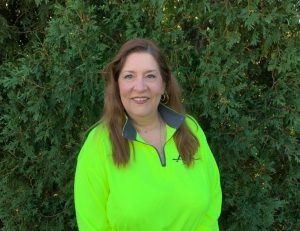Your Role Before the Paramedics Get There!
The accident happens, the victim is rescued and down from the tree. Now, you are waiting for the ambulance to arrive; you have already gone to the truck to get the First Aid kit. Upon opening the First Aid kit you discover there is nothing in there to help your victim.
We, as an industry, need to re-think how the First Aid kit is stocked. This article is meant to help guide you when setting up your First Aid kit to ensure you have the right pieces to save a life before the paramedics get to the scene.
In addition to the traditional bandages, gauze and medical tape, your First Aid kit should also contain:
- At least two tourniquets
- Israeli Bandages
- Compressed Bandages
- Nasal Trumpet (nasopharyngeal airway)
- SAM Splint
All First Aid kits on the truck should have these materials, however, it is also a good idea for a climber and a ground person to carry a small personal First Aid pouch with them whether in the tree or on the ground. The climber can carry it attached to his climbing harness with a carabiner and the ground person can carry one hooked to his belt with a Velcro strap.
The aforementioned tourniquet can be used with one hand for the climber to apply. It will take practice, but when you sever an artery, you will be glad you learned how to use it. With a severed artery, you have less than four minutes to survive. You know it is going to take longer for a rescuer to climb up the tree to retrieve you and descend with you than four minutes. Carrying a tourniquet as a climber could possibly save your life!
For the ground person, saving a crew member, having the tourniquet on your person rather than running back to the truck to retrieve the first aid kit saves time and possibly a life.
The Israeli Bandage and compression bandages are another great item to have in your First Aid kit on the ground person’s kit. They can be used as a tourniquet or compressed bandages for the head, chest, arms and legs. Compressed bandages can be used to help stop bleeding for gaping wounds.
The nasal trumpet can be used to create ease of breathing. All you must do is cut the tube of the nasal trumpet to the person’s nose length and then firmly insert.
The SAM splint is used to treat broken bones and possibly create a neck brace to lessen mobility so the rescuer can bring the victim down.
Personalizing your own First Aid kit to include anything that you think might be an advantage for saving your crew member’s life is an important part of taking safety seriously. Remember you are the first responder and if you are well prepared it might save your or your crew member’s life.
Because training is required for most of these life-saving methods, we would encourage you to contact our ArboRisk Thrive Consultants, Dawn Thierbach or Margaret Spencer, to sign up for one of their upcoming Trauma Classes.

Written by: Dawn Thierbach

Recent Comments